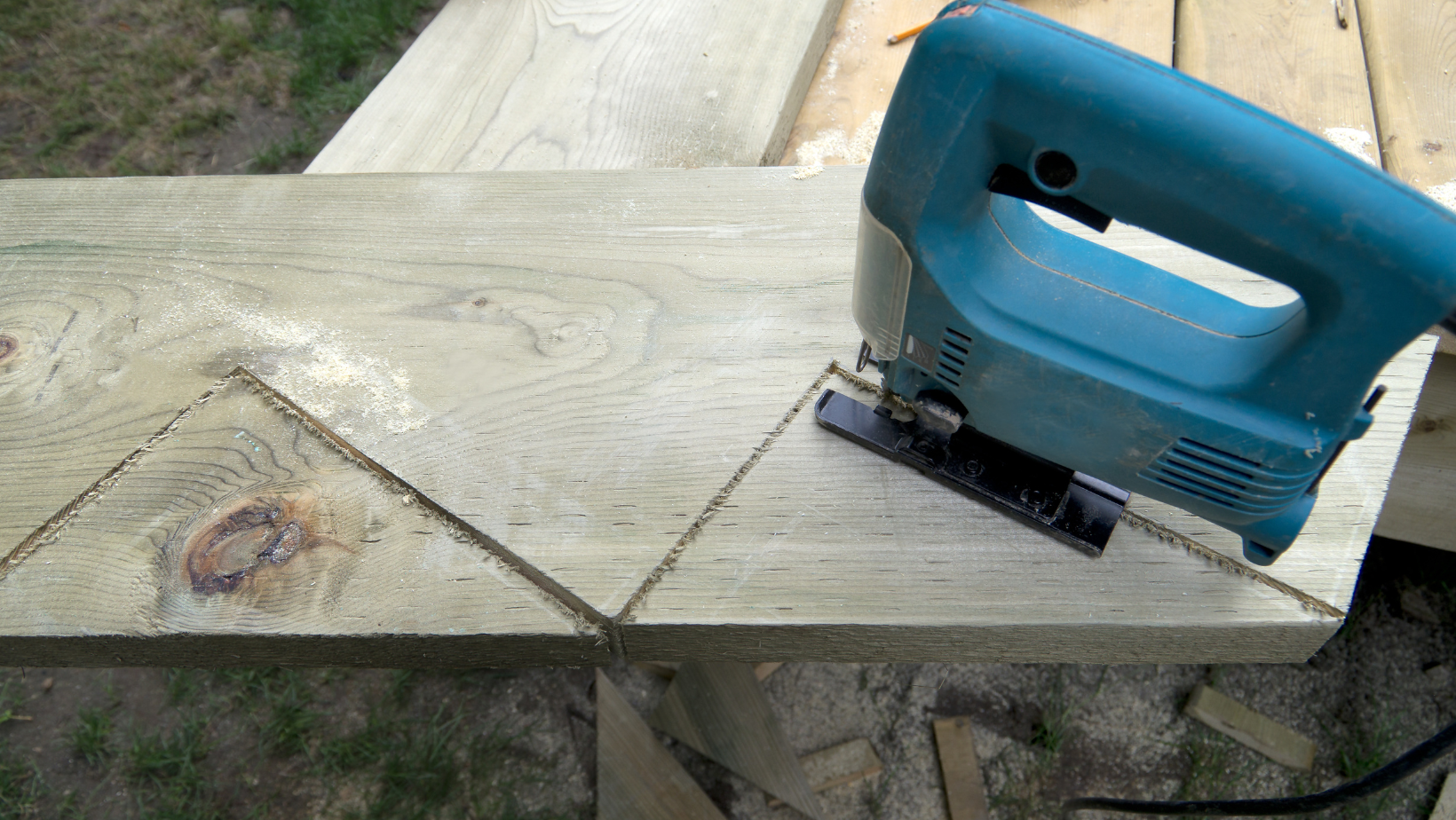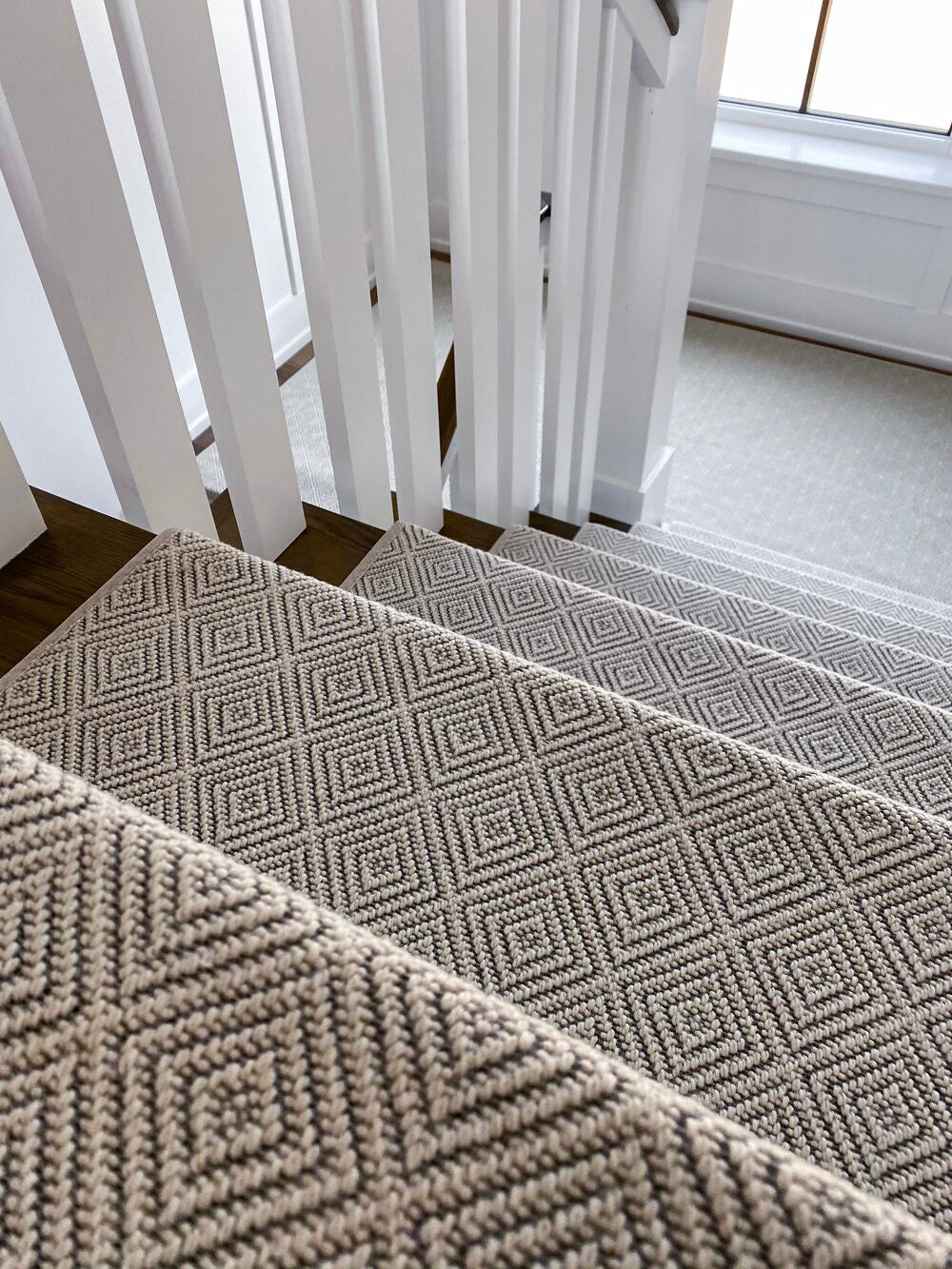Thinking about upgrading your staircase?
Knowing how to remove old stair treads is an essential first step—use a pry bar to lift each tread, remove all nails or screws, and clean the surface thoroughly.
This sets the foundation for a safe, smooth installation of your new materials.
In this guide, you'll learn everything needed to tackle the job confidently, whether your stairs are wood, vinyl, or painted.
We’ll also show why carpet stair treads are a smart, stylish replacement option.
By the end, you’ll be ready to transform your staircase with ease and precision.
Step-by-Step Process for Removing Old Stair Treads
Removing old stair treads is essential for a successful staircase renovation.
Follow these detailed steps to get it done the right way:
1. Prepare the Workspace
Clear any furniture, rugs, or objects near the stairs.
A clean work area ensures better safety and efficiency.
Make sure you’re wearing work gloves and protective eyewear—removal can sometimes release splinters, dust, or hidden nails.
Use painter’s tape or drop cloths to protect nearby walls and floors from accidental scuffs during the removal process.
2. Inspect the Treads
Before doing anything, look at how your stair treads were originally installed.
Are they nailed, glued, screwed, or a combination?
Identifying the installation method will guide which tools you’ll need and how much force is appropriate.
3. Pry the Treads Loose
Start with a sturdy pry bar or flat crowbar.
Insert it where the tread meets the riser or side stringer. Work the tool slowly and gently.
Applying too much force at once could damage the surrounding wood or loosen structural supports.
Use a hammer to tap the pry bar deeper into tight spaces if needed.
Once the tread begins to lift, stop and check for visible fasteners.
4. Remove Fasteners
Look for screws or nails still holding the tread in place. If they’re nails, a claw hammer will do the job.
For screws, use a drill or screwdriver to remove them without stripping the wood.
In some cases, fasteners may be hidden under putty or paint.
Feel along the edges of the tread for bumps or indentations—these may be covering old nails or screws.
5. Lift and Remove the Tread
Once the fasteners are out, lift the tread gently but firmly.
If the tread doesn’t release easily, double-check for hidden nails or use additional leverage—but do not force it, as this can cause unnecessary damage.
Set the old treads aside for safe disposal.
Do not reuse them unless you plan to repurpose the wood for another project.
6. Clean the Area
Use a putty knife to remove old glue or caulk residue.
Sand the surface lightly to create a clean and level base for new stair treads.
This step is crucial—new treads won’t sit properly on uneven surfaces.
Vacuum any remaining dust or wood particles.
This helps adhesives bond correctly and ensures a solid installation for your replacements.
What Tools Are Needed to Remove Old Stair Treads?
Here are the essential tools you’ll want on hand before you begin:
-
Pry bar
-
Hammer
-
Claw hammer or nail puller
-
Screwdriver or drill with bit set
-
Utility knife
-
Putty knife
-
Heat gun (for vinyl or adhesive)
-
Sandpaper (fine grit)
-
Vacuum or shop vac
-
Safety gloves and eyewear
Each staircase is different.
If you discover glued or painted stair treads during the process, having a heat gun or chemical stripper nearby will help with removal.
Dealing with Specialized Stair Tread Materials
Some staircases may use materials beyond standard wood treads.
If that’s your situation, here’s how to approach two of the most common types—vinyl and painted treads.
When learning how to remove vinyl stair treads, the process is slightly different than wood.
Vinyl treads are usually glued down, often with strong adhesive backing designed to prevent slipping.
Before trying to pull them up directly, use a heat gun or hair dryer on low heat to warm the adhesive underneath.
This softens the bond and makes the treads easier to peel away without damaging the sub-surface.
Start peeling from one corner, gently lifting while applying heat as needed.
If the vinyl resists, apply more heat and use a putty knife to lift and separate it from the stairs.
Once removed, you'll likely find sticky residue left behind.
Use a stair-safe adhesive remover and a cloth or scraper to clean the steps thoroughly.
Removing vinyl treads properly prevents damage and ensures the surface is smooth for the next installation.
Rushing this process could leave glue patches or torn material that will cause bumps or peeling with your new treads.
As for how to remove paint from stair treads, this often involves several layers that have built up over time.
The safest and most effective method includes a combination of chemical strippers, scraping, and sanding.
Use a paint stripper that’s compatible with your stair material.
Apply it with a brush and let it sit until the paint begins to bubble.
Then, use a putty knife to scrape away the layers.
After most of the paint is gone, switch to fine-grit sandpaper and smooth out the tread surface.
You want to create a clean, flat finish before installing new coverings or re-staining the wood.
Whether you're dealing with vinyl, painted, or traditional wood treads, the goal is to prepare the base for a safe, comfortable upgrade that will last for years.
Can Stair Treads Be Removed Without Damaging the Stairs?
Yes, as long as you work carefully and patiently.
Most damage happens when homeowners rush to pull treads up without checking for all fasteners or without softening adhesives.
Use the right tools for the job and stop to inspect the stairs between each removal.
After removing each tread, examine the underlying support structure.
Look for splintering wood, loose risers, or cracks in the stringers.
These issues should be fixed before installing anything new.
If you're removing multiple treads, consider marking each one before removal so you can track your progress and avoid skipping steps or mixing up parts.
Can You Replace Just the Stair Treads?
Absolutely. Replacing just the treads, while keeping your existing risers and framework, is a smart way to update the look and feel of your stairs without a full renovation.
This is particularly helpful if you're working on a budget or want to handle the project as a DIY homeowner.
With the structural parts of your stairs left intact, you can focus your time and budget on beautiful, functional treads that add value and character to your home.
When choosing replacements, look for materials that balance comfort, durability, and aesthetic appeal.
Carpet stair treads are a great choice because they add softness, reduce noise, and increase grip—all without the need for nails or messy adhesives.
Next Steps After Tread Removal
Now that your old treads are gone and your staircase is clean, you’re ready for the fun part: choosing and installing your new treads.
Oak Valley Designs offers handcrafted carpet stair treads designed to elevate both safety and style.
Each product is made in the USA, tailored to your specifications, and built with premium, family-safe materials.
You don’t need a contractor to get professional results.
OVD’s peel-and-stick installation system makes it easy to install new treads securely, without using nails or carpet tape.
With matching landing pads and a variety of textures and colors, you can find the perfect fit for your home’s interior.
Why DIY Stair Upgrades Are Worth It
Taking the time to remove old stair treads yourself saves money, but it also gives you control over the finished look.
You can choose materials that reflect your taste, improve your family’s safety, and enhance your home’s value.
For homeowners with pets or kids, adding carpet treads after removal adds traction and padding, reducing the risk of slips and making each step feel softer underfoot.
You can also select custom dimensions that fit your unique staircase layout.
Stepping It Up
Learning how to remove old stair treads is a valuable skill for any homeowner planning a staircase renovation.
Whether your stairs are covered in wood, vinyl, or layers of old paint, the right approach ensures a clean removal and a smooth foundation for your new design.
Every step you take in this process—literally and figuratively—brings you closer to a staircase that’s safe, stylish, and tailored to your home.
And when it’s time to choose your new treads, Oak Valley Designs is ready to help you create something both functional and beautiful.
Ready to Make the Leap?
Ready to transform your staircase?
Connect with Oak Valley Designs today.
-
Website: https://oakvalleydesigns.com/
-
Phone: 706.331.0315
-
Email: info@oakvalleydesigns.com
-
Address: 30 River Ct SW Bldg E Cartersville, Ga 30120




